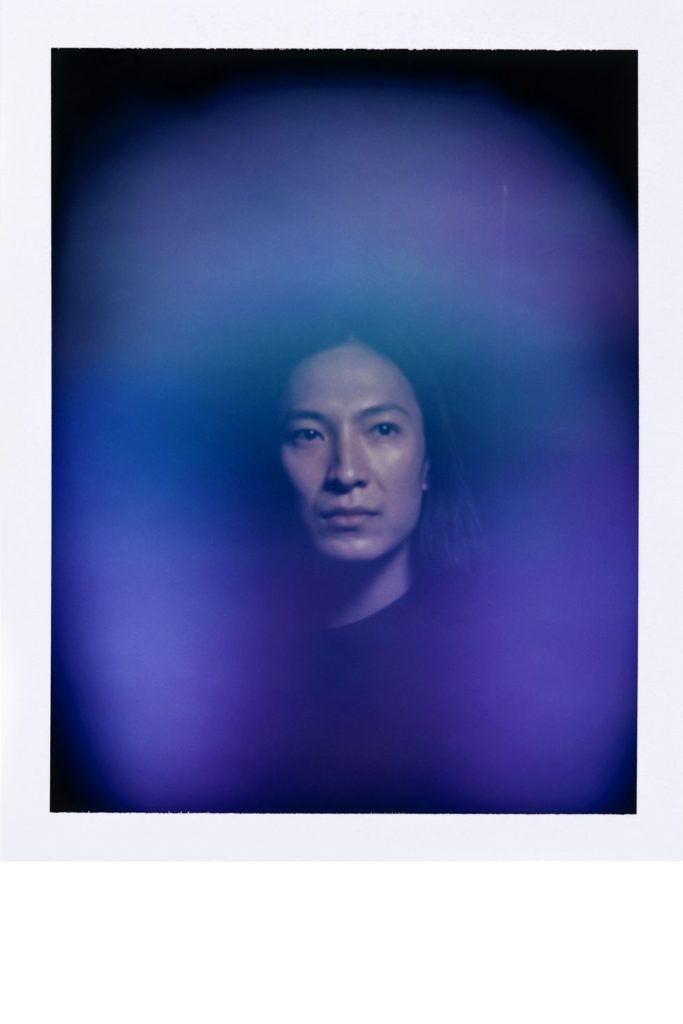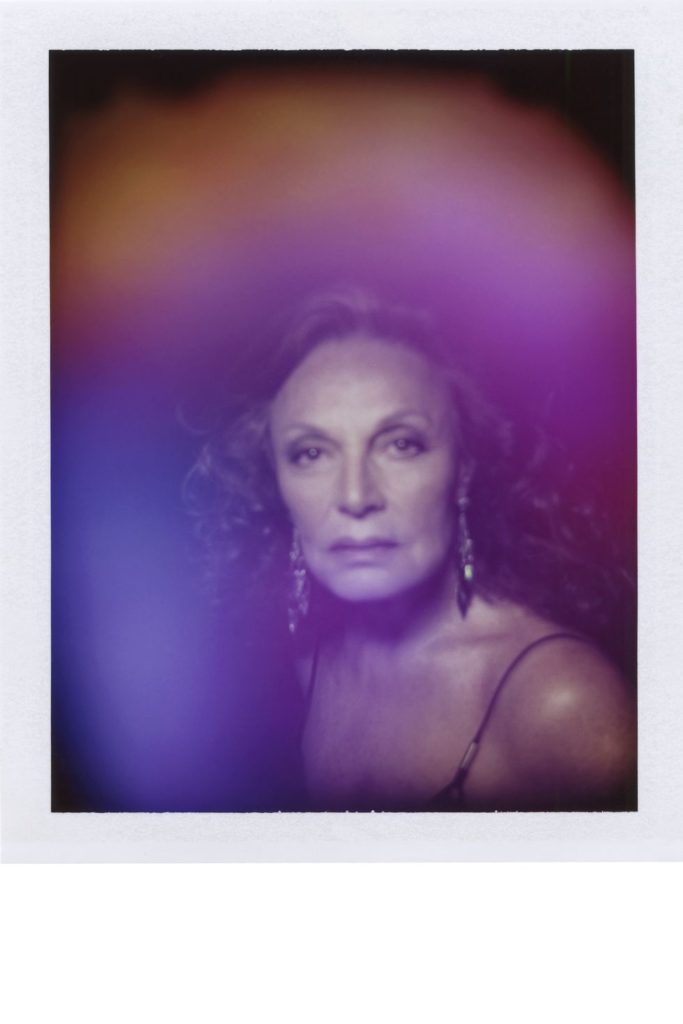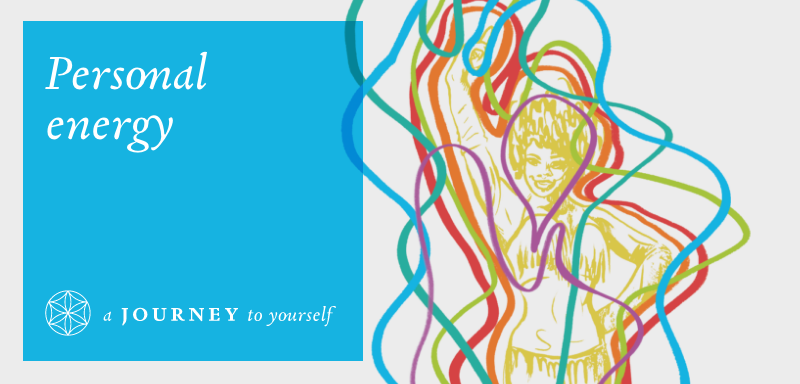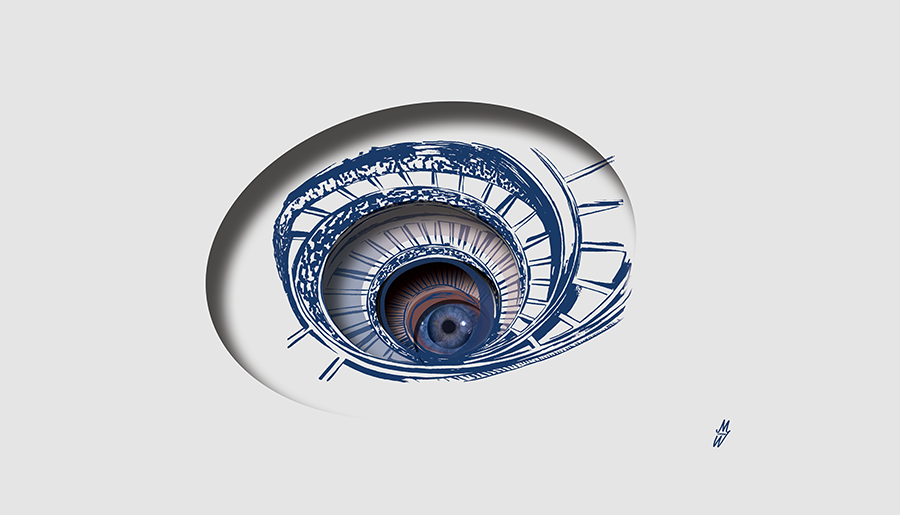Have you ever wondered why some people repel you automatically even though you don’t know them at all, and others attract you? Why do you interact with similar types of people? Why do you feel someone is staring at you? Have you ever sensed that someone is feeling differently than your behavior would suggest? Have you ever sensed someone’s presence before you heard or saw it? Do storms make you nervous?
The answer lies in our interactions at the energy field level, i.e. our aura.
In this article you will:
- Find out what an aura is.
- Learn the features of the aura: shape, size, transparency, and density.
- Discover the colors of the aura: red, orange, yellow, green, blue, indigo, purple, black, and white.
Aura what is this? Does everybody have it?
This is the electromagnetic field around man, which is made of waves emitted by each of the subtle bodies of man. They make up the general aura of man. It usually spreads at a distance of 2-3 meters, but for very enlightened people and masters, it can even stretch up to several miles. You can specify the type of your aura (reflector, manifestor, generator, and projector) using a tool called the Human Design system.
It is also worth adding that everything has its aura not only man but everything that exists in the universe.
Our auras constantly attract, hook, mix, exchange data, or repel. Of course, this process usually occurs at the subconscious level.
This is because we activate qualities in each other that we do not have on our own. However, there are people called “energy vampires” who are able to intentionally get energy from others.
What does the aura look like?
Because the aura is not visible to us with the naked eye, few people are aware of its existence. Although there are people who can see it naturally. There are also those who feel the aura through the sense of touch. Others, however, can feel someone’s aura. But the human eye can’t really see it. These people who claim to see it, see it thanks to their intuition, i.e. third eye. Each of us is able to learn how to see it through appropriate exercises.
In 1939, Russian electronics engineer Semyon Davidovich Kirlian accidentally noticed that he was able to photograph auras. He noticed this while observing electroconvulsive therapy in a psychiatric facility. So, he built a camera for taking photos of the aura. Unfortunately, this device does not photograph the real aura, it only reflects the feelings and emotional state of a person at the time of taking a photo. However, modern computer technology is better able to reflect the aura.
In the USA it became very fashionable to take pictures of your aura, they were taken by, for example, Diane von Furstenberg and Alexander Wang, and they were placed in the pages of “Harper’s Bazaar”.


Source: https://www.harpersbazaar.com/fashion/designers/g6240/fashion-designer-auras-1015/
Condition of aura
The aura is in constant motion. It also consists of chakras and meridians and many other structures. It has its own shape, size, transparency, density, and layers.
Aura can tell us a lot about a man. When properly interpreted, it can show a person’s mood, intentions, and motives. Its color depends on the emotional, and mental state, health, and spiritual development of man. The healthier you are, both physically and spiritually, the more vivid your aura is. The more vital your electromagnetic field is, the more energy you have. And the stronger your aura, the less likely it will be affected by external forces. Poor aura makes it easier to manipulate you and you heal faster.
Features of the aura
The density of the aura speaks of the state of your emotions. The denser the more emotionally stable you are.
The shape of the aura speaks about your psyche. The most desirable form of the aura is the shape of an ellipse. An egg whose right and left sides are symmetrical to each other and the top is proportional to the bottom. Then there is balance and mental harmony.
| Aura shape | A person’s state of mind |
| Blurred, blurred border | Relaxed, calm |
| Waving or flickering | Tension, pressure |
| Broad, expansive | Meditative, dreams |
| Sharp, clear border around the head | Listening and focus |
| Tight around the body | A lie or exaggeration |
Source: Pete A. Sanders Jr “You are Psychic! The free Soul Method“.
Transparency testifies to your level of spiritual development. The brighter, and more transparent the more awake you are.
The layers of aura are overlapping or rather interpenetrate subtle bodies of man.
The sign of spiritual enlightenment is a halo or auric emanations around the head. You certainly know them from the images of ancient mystics or masters.
The aura shimmers with different shades of all colors of the rainbow (7 spectrum colors), i.e. the spectrum of white light. However, each aura has its basic color, which presents important information about a person.

Red color
It symbolizes feelings and vitality, heart, energy, and circulation.
Bright red: eroticism, physical health, passion, tenderness, courage, sensual and physical love. Healthy ego.
Dark red: anger, violence, frustration, despotism, stress, anger, hatred, rebellion, tension, memory.
Orange color
Coordination and organization, reproductive system.
Light orange: joy, happiness, intellectual performance, optimism, creativity, communication skills, self-confidence, courage, productivity, and sociability.
Dark orange: aggression, ignorance, competition, lack of vitality, uncertainty, dissatisfaction. Problems related to food, and addictions.
Yellow color
Intellect and charisma.
Pale yellow: serenity, discipline, honesty, logic, communication skills, strong personality, hunger for knowledge, and ease of learning.
Dark yellow: chaos, egoism, falsehood, spiritual inconsistency, lust for power, ignorance, intolerance, control, stubbornness.
Green color
Alignment, growth, teaching, middle and transformation, heart, lungs. Need to serve others.
Light green: sustainability, an affirmation of life, cordiality, affection, living in harmony with nature, and development.
Dark green: antipathy, egoism, existential fears, lack of confidence, materialism, jealousy, low self-esteem.
Blue color
Justice, throat, thyroid, sensitivity to feelings. Strong sense of purpose.
Light blue: honesty, patience, calmness, faith in God, sensitivity, care, intuition.
Dark blue: depression, emotional coldness, criticism, sadness, dissatisfaction, fear of the future.
Indigo color
Intuition.
Bright indigo: the ability to see the aura, balance, clairvoyance, spiritual peace, inspiration, and healed soul.
Dark indigo: arrogance, pride, internal tear.
Purple color
Enlightenment.
Light purple: conscious handling of energy, idealism, extrasensory abilities, spirituality, meditative lifestyle, transcendence.
Dark purple: possession, impotence, satanism, black magic,
Black color
Atheism, fear, energy blockade, greed, unconsciousness, pain, damage, or dysfunction.
White color
Unconditional love, gratitude, purity, awareness of unity, and wholeness. Balanced integration of all energies. Wisdom and enlightenment. Very rare.
The key to understanding what a person feels is noticing which area the color appears around:
- If the color is directly above the body it relates to the health and physical energy of the person.
- The colors above or around the head and shoulders show a person’s state of consciousness.
- If the color is around the body, but at some distance from it, it has to do with aspects of the person’s life or environment.
Source:
Ted Andrews “How to see and read the Aura” („Aura jak ją zobaczyć i zinterpretować”, Studio Astropsychologii, Białystok, 2013)
Richard Webster “The complete book of auras: learn to see, read, strengthen and heal auras” („Kompletny podręcznik odczytywania i uzdrawiania aury”, Illuminatio, 2016)
Josef A. Mazur Rosemarie G. Pade „Aura kolory światła”, Aster, Kraków, 1999

